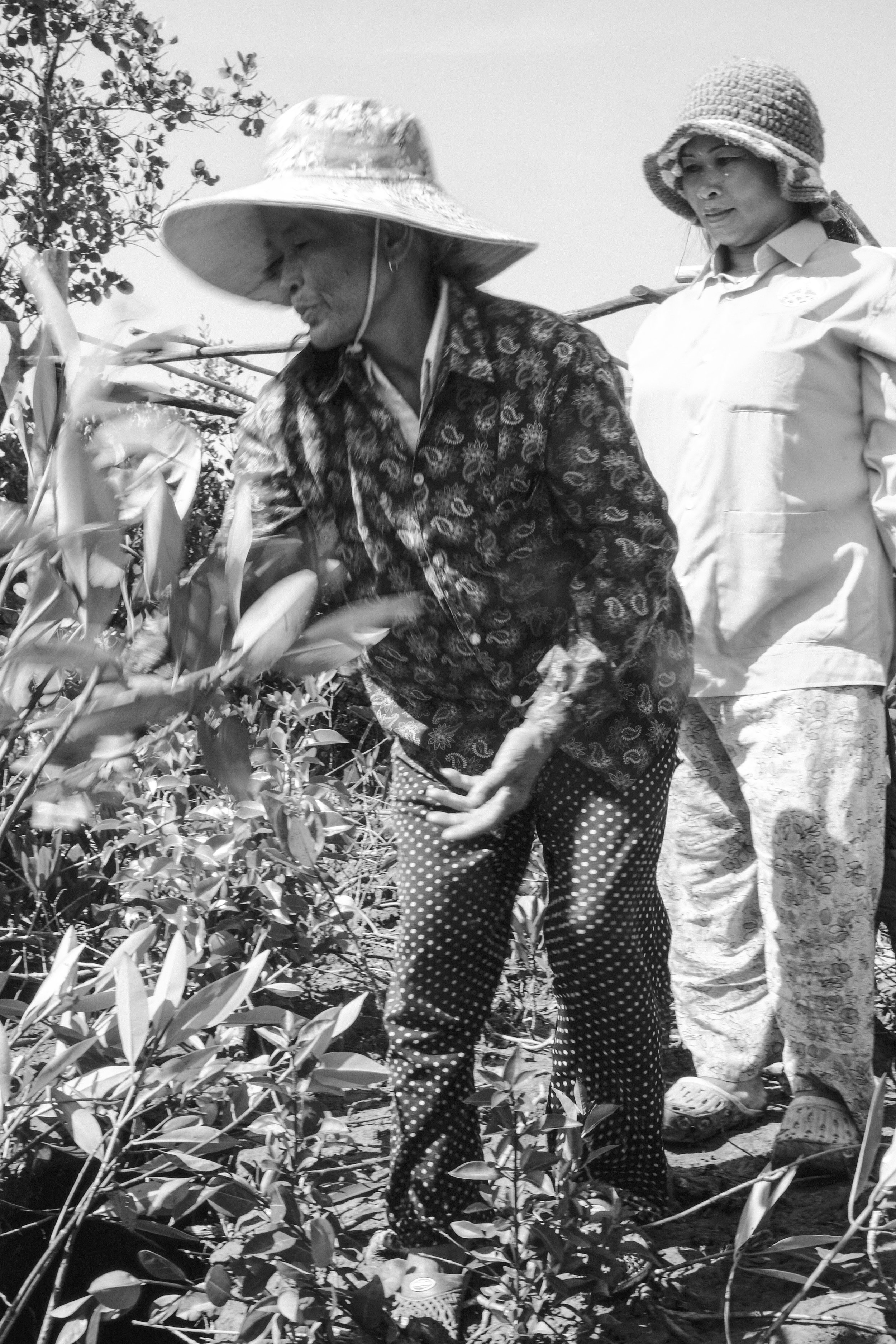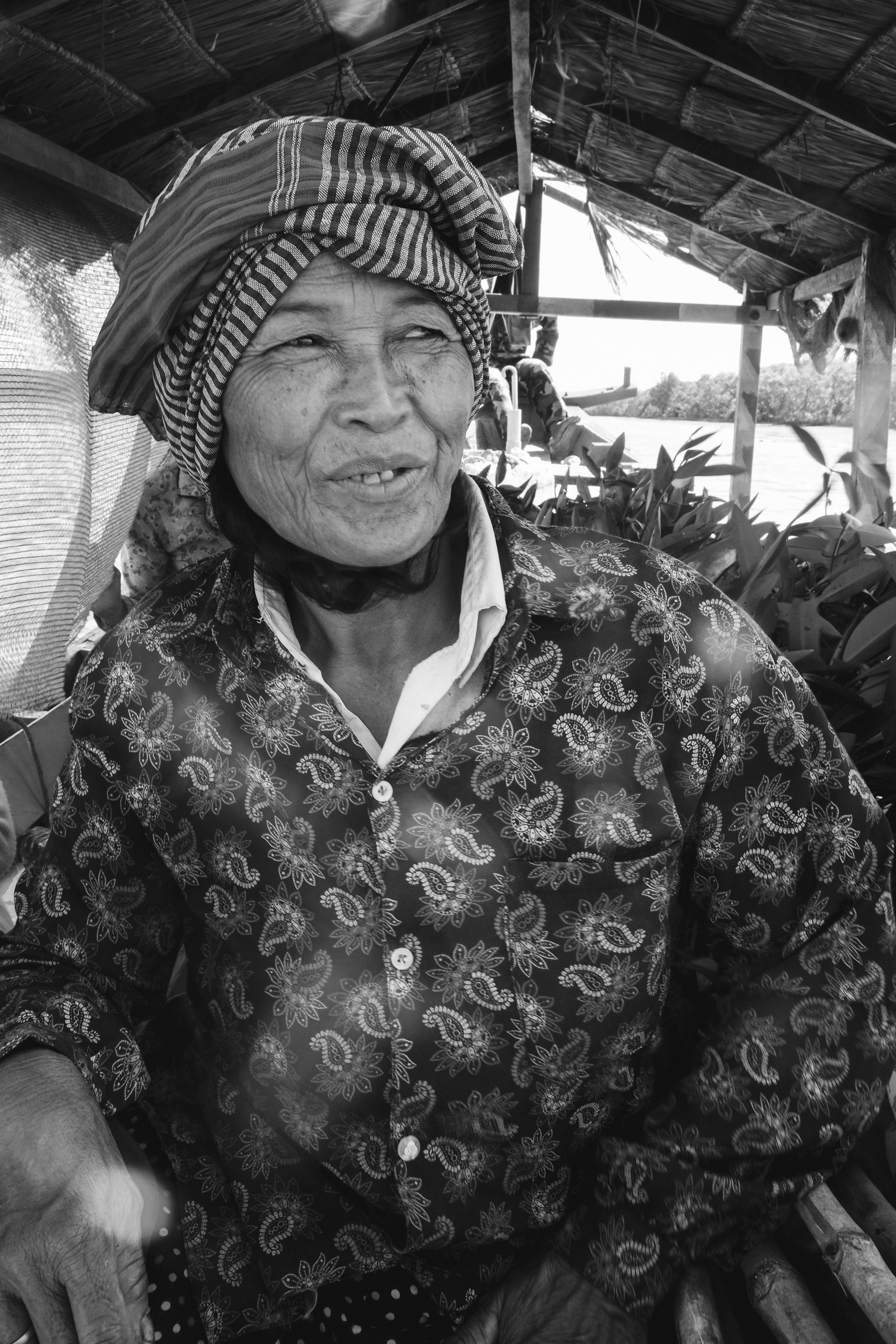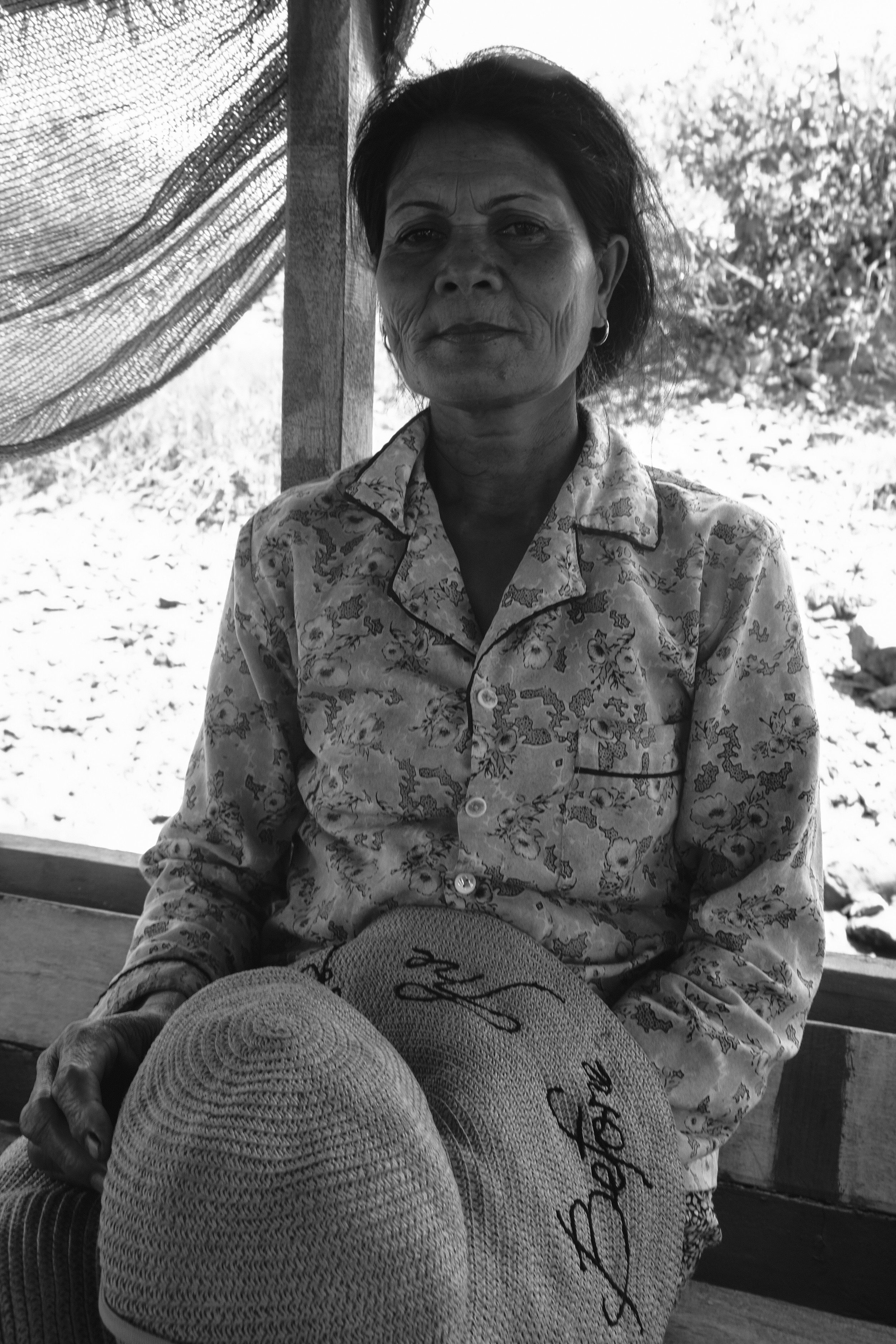Produced for The Learning Institute
A face of the next generation in the community, she leads by example.
Set in the Bak Amrek-Doun En community, Battambang, One day in the life of Srey Mom, portrays the struggles of women in rural Cambodia, how hard they need to work for their livelihoods and how gender awareness and women’s empowerment campaigns are essential to help give them a voice and the opportunities they deserve.
Bak Amrek-Doun En is jost one of the communities that our “Community Fisheries Management and Livelihood Diversification Project”, funded by the Southeast Asian Fisheries Development Center (SEAFDEC), supports.
One of our project goals is to improve the recognition of the role of women and integrate a gender perspective in the development of rural/coastal livelihoods and in community fisheries management.
Srey Mom’s day begins before the crack of dawn. At 3:00AM, she begins cooking meals to sell at the community’s secondary school catering to both the children and staff. With the help of her younger brother, sister and brother-in-law, the meals are transported to the school in a bike cart.
By the time she reaches the school, it is 5:30AM. For the next hour, she will set up her shop and begin to heat the meals in time for her young customers.
Srey Mom waits until 9:00AM before shutting the stall to head back home after which she concentrates on her work with the community. She is a member of the Community Fishery (CFi) committee working in the role of a cashier, works with the youth groups, is currently working on seeking funding for road repairs and most prominently, has taken on the role as the chief facilitator for the women’s savings group.
WITH FUNDING FROM SEAFDEC, THE LEARNING INSTITUTE HAS BEEN WORKING ON A PROJECT THAT AIMS TO STRENGTHEN COMMUNITY FISHERIES MANAGEMENT AND LIVELIHOOD DIVERSIFICATION IN CAMBODIA SINCE 2013. ONE OF THE KEY PRIORITIES UNDER THE PROJECT IS IMPROVING AND RECOGNIZING THE ROLE OF WOMEN WITHIN THIS SETTING.
Throughout this project, The Learning Institute has seen that the role of women in community fisheries is vital. Given the opportunity, women have excelled in their roles by voicing out the real issues at hand as well as insights on how to solve the problems. The Kampong Samaki CFi (one of three Coastal sites under the project) in Kampot is a fine example of women who have taken on the responsibility and opportunity to work in the mangrove plantations and patrolling duties in the area to help save their natural resources. Joining in with these activities means that they are a part of or have a good chance of becoming a CFi committee member.
This leadership role not only gives them a sense of purpose within the community but also a means of exploring different ways to sustain themselves (livelihoods) rather than becoming dependent solely on fishing.
The Bak Amrek community is another example of a community filled with strong women leaders and that has been the one of the primary reasons why the gender awareness campaign has been a success in the community. To further help the women, The Learning Institute helped revive the community’s saving group.
The savings group provides financial help to women looking to increase their livelihoods, many of whom were willing to venture into small-scale businesses. The savings group provides a form of security; the women needn’t worry about high interest rates that would otherwise be charged by money lenders. This initiative has helped women, young and old, to rely on themselves and take a chance at supporting themselves and their families.
The savings group is made up of 10 to 15 members with the facilitator, cashier and secretary making up the chief roles in the unit.
Each member of the group agrees to put in a sum of money without any restrictions (i.e., it can be as low as 500 riel or as high as 200,000+ riel). In regard to who can borrow the money, the members take turns dependent on the urgency at that certain point in time. The sum of money borrowed can either be the whole amount in the savings or a part of it. This borrowed sum is to be paid back within a six-month time frame with the interest rate set at 3%.
If, however, a member is not able to make the full payment within this six-month window, the interest rate is affixed at the 3% and the member doesn’t succumb to an increase or late fine. This is a unanimous decision made by the community. members as each one is aware of the other person’s situation. More notably, they trust each other to pay it back when they can.
THE SAVINGS GROUP WAS SET UP TO ESSENTIALLY SERVE THE PURPOSE OF HELPING PRIMARILY WOMEN, BUT THE COMMITTEE IS MADE UP OF BOTH MALE AND FEMALE COMMUNITY MEMBERS.
As the chief, Srey Mom’s responsibilities include managing the documents and facilitating the group during meetings as well as having to explain the functions of the savings group if the members, new or old, have queries (such as interest rates).
She feels that the group is important and one of the points she raises several times is that because of the savings group, they don’t need to borrow money from businessmen or micro-finance institutions that demand high interest rates. The information provided during the savings group meetings have proven to be insightful as it is shared with the family of the members and in turn, the rest of the community both in terms of money management (how to save and what to save for) as well as decisions regarding loans; that the savings group provides a more secure means of a loan.
Srey Mom is keen for more of the community’s youth to join in the savings group. Because the youth members of the community face a more imminent threat with their livelihood, she feels that it will be beneficial for them in both the near future and the long run.
“THE YOUTHS FACE LIVELIHOOD PROBLEM WHICH MAKES THEM WANT TO IMMIGRATE (OUTSIDE TO MAKE MONEY)”
- SREY MOM
Srey Mom bridges the gap between the older members and the younger ones. Being able to communicate to both age groups is probably one of the main reasons why she has been so successful in her role as facilitator.
Srey Mom and the rest of the members of the savings group are hopeful about continuing the group even after the Community Fisheries Management and Livelihood Diversification project comes to an end in their community. She says that trust is an important issue and points out that the savings group is transparent and free of corruption.
Phal Tavy, 21, is someone who has found the saving group helpful and beneficial. Her livelihood has increased exponentially and aside from farming, her usual means of income, she also has enough financial support to buy and sell fish in the market. Because of her profits, her family’s living situation has also improved. She hopes that the savings group continues to build on this success and progresses for the future.
“I CAN SAY THAT MY FAMILY’S LIVING IMPROVED BECAUSE WE DON’T NEED TO BORROW MONEY FROM BUSINESSMEN WHO LEND MONEY WITH HIGH INTEREST RATES”
- PHAL TAVY
The success of the savings group has been due to the experienced male and female members who make up the group and Mrs. Khel Khem, a Community Fishery (CFi) committee member, is one such leader.
THROUGH THEIR UNDERSTANDING OF THE COMMUNITY, THEY ARE PROVING TO BE EXCELLENT EXAMPLES FOR THE YOUNGER MEMBERS.
MRS. KHEM IS A TESTAMENT TO WHAT WOMEN IN RURAL COMMUNITY SETTINGS CAN ACHIEVE
Mrs. Khem has worked and continues to work with organizations and the welfare of women in her community has been one of her chief causes. She is an active committee member who is not only smart but also knowledgeable about the community and the needs of the people.
It is because of women like Mrs. Khem that Srey Mom is where she is today and undertaking the responsibilities that she has chosen to do not just for herself but for the community.
Bak Amrek is a community fishery located an hour away from the city of Battambang. Situated along the Sangkae river, the community enjoys a peaceful setting and while fishing is their main occupation and source of income, farming is widely practiced and during the dry season, become wholly dependent on it. A small number of the population also rear livestock and run small businesses, mostly shops selling daily supplies and provisions along with farming goods and fish in the local market.
The women in the community are hardworking and effective and it isn’t uncommon to see women take on roles that would technically be seen as a “man’s job”.
Nevertheless, even in such a setting, Srey Mom is not your archetypal woman in rural Cambodia. She is 30, unmarried and is placed with the responsibilities of being the wage earner for her family. When she isn’t lending a helping hand in the community, Srey Mom works is working in the rice fields and fisheries while also taking care of household chores and looking out for the family. Well aware of her responsibilities, her mother is proud of her and continues to be supportive of her daughter in her endeavors.
Mrs. Khem and Srey Mom are excellent examples of women’s involvement in Community Fisheries. If more Bak Amrek-Doun En women follow in their footsteps they can help promote additional positive outcomes in their community and also lead as an example to the management of other Community Fisheries.
Interviews conducted for this story were translated from Khmer to English by Kong Phidor
















